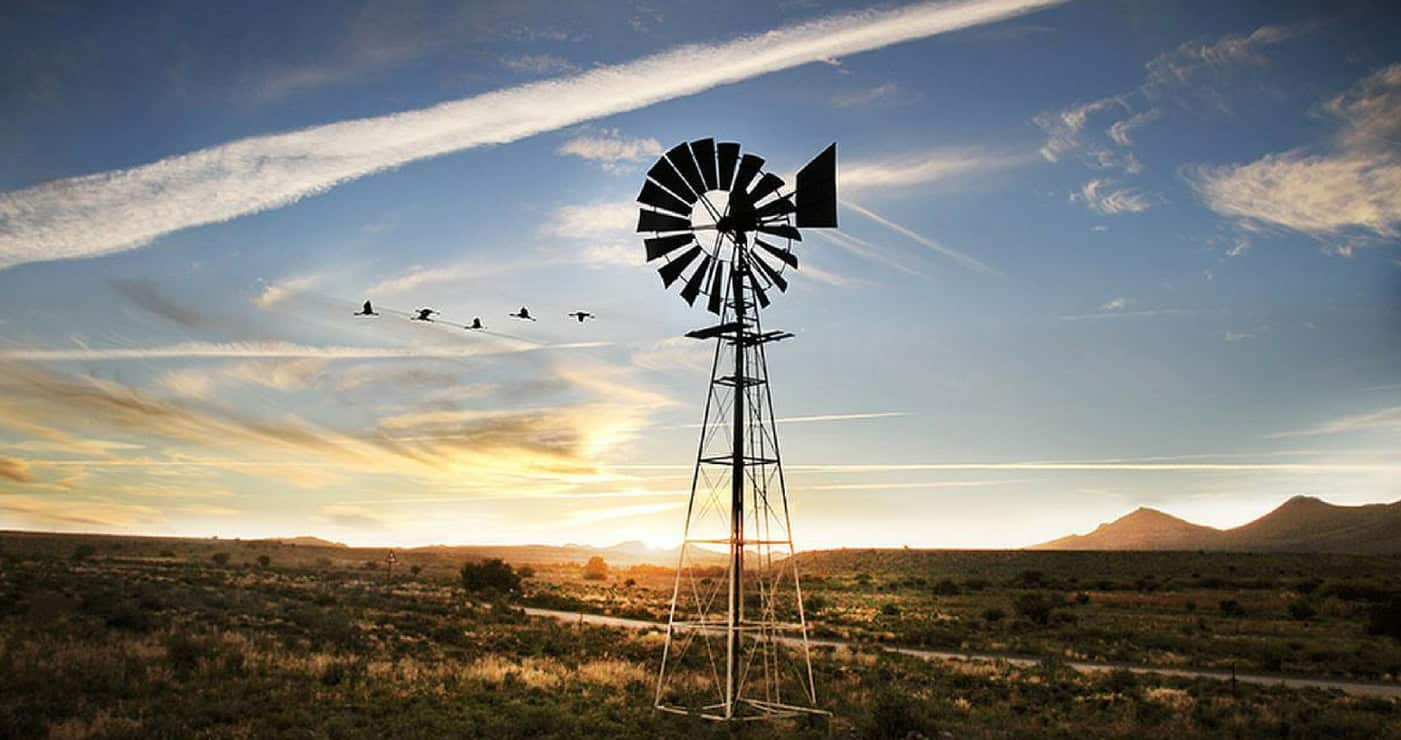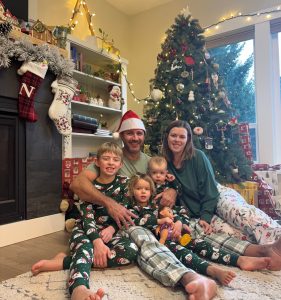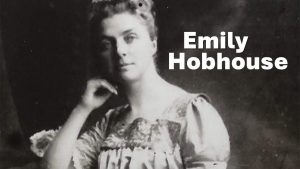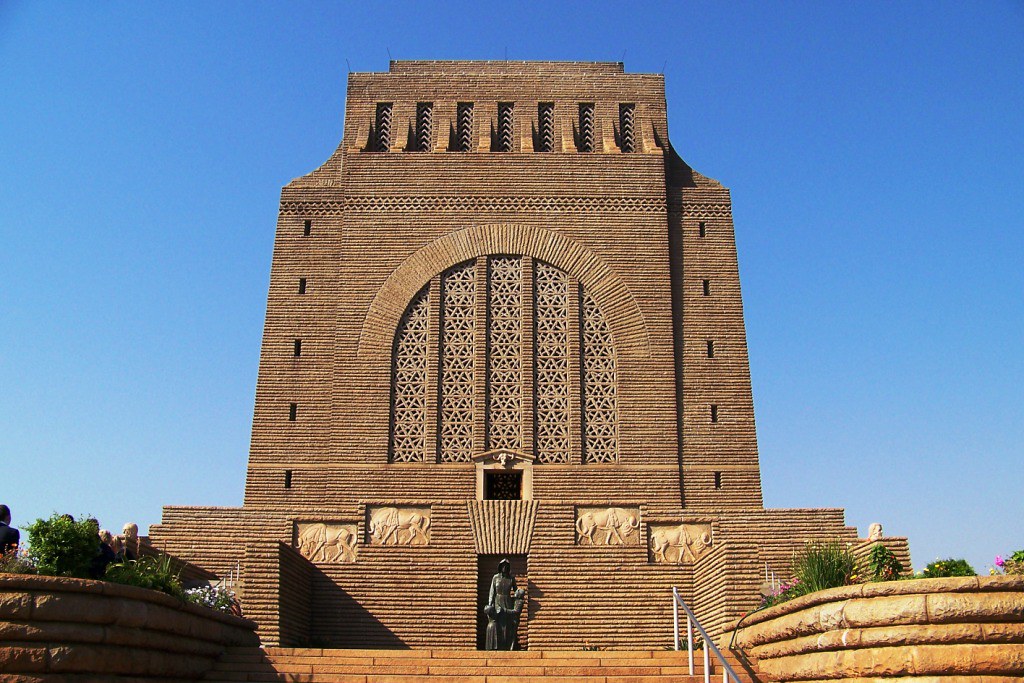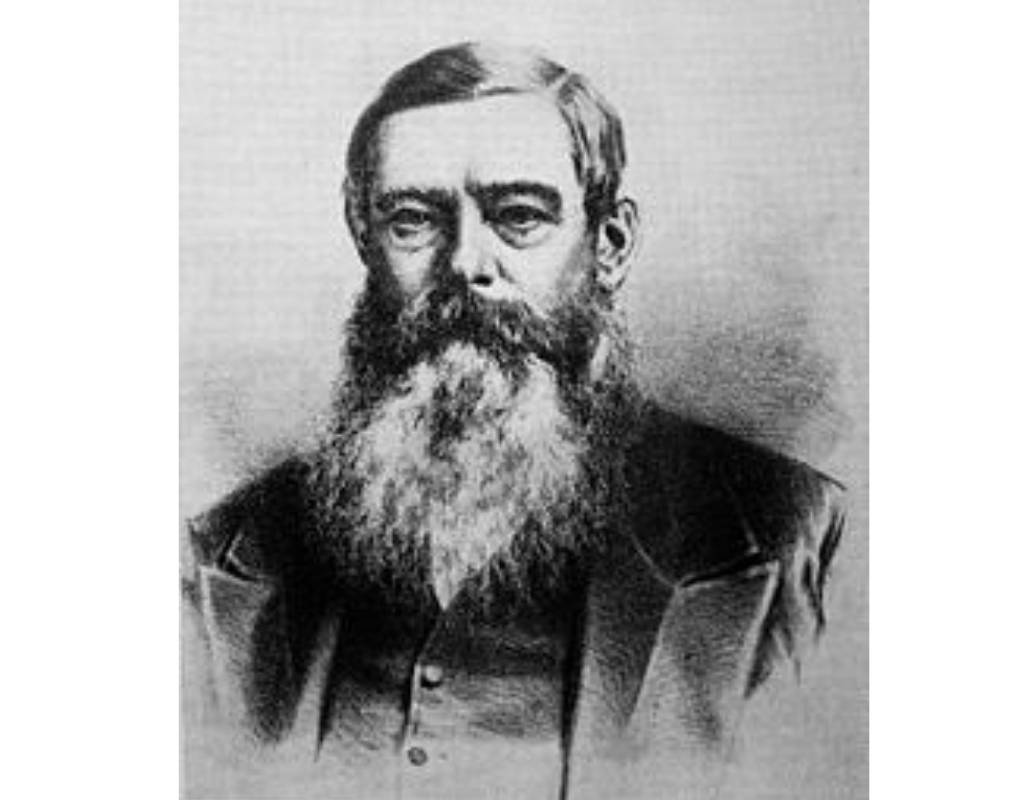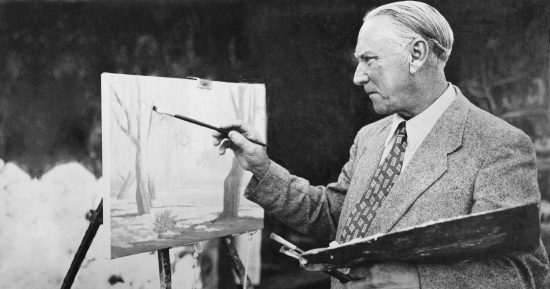By Ilze Nieuwoudt
As with any country that undergoes a drastic regime change, South Africa also underwent changes in the names of places over the last 20 or so years. Place names (or toponyms) in almost all instances have unique stories attached to it, and it is precisely this historic value that is time and again sacrificed with much sorrow and anger.
Notwithstanding the historic value and meaning of toponyms, South Africans fight for the preservation of a name without knowing or appreciating the “story” behind the name. These are a few interesting places with even more interesting stories.
Mier
The name of the Mier Municipality in the Kalahari has nothing to do with the Afrikaans word for ant (mier) – contrary to first impressions. The name of this region, which includes among others the towns of Keimoes, Kakamas and Upington, was rather derived from the word mere (Afrikaans for lakes). German missionaries who visited the area many years ago found many water pans here and called these mere. Locals later started pronouncing it as mier.
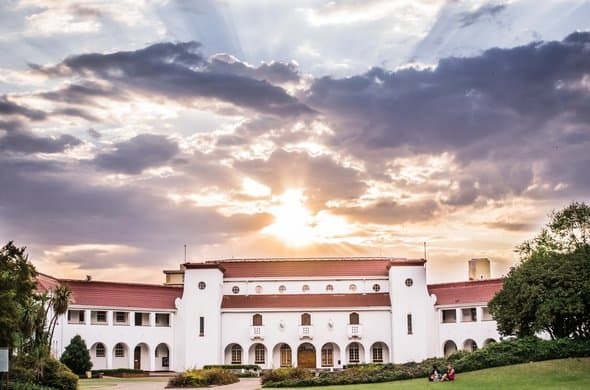
Potchefstroom
Although there is no agreement on the exact origin of the name Potchefstroom, some experts argue that it has an indisputable connection with Andries Potgieter, the founder of the town. Advocates of this theory think that chef refers to leader and that the word stroom (stream in English) refers to the Mooi River. Others are of the opinion, however, that the name is derived from the word potscherf (shard in English), referring to the cracks in the soil of the Mooi River valley that look like pottery shards. Some also believe that the original name was Potgieterstroom, which was later deformed to Potgerstroom and eventually Potchefstroom.
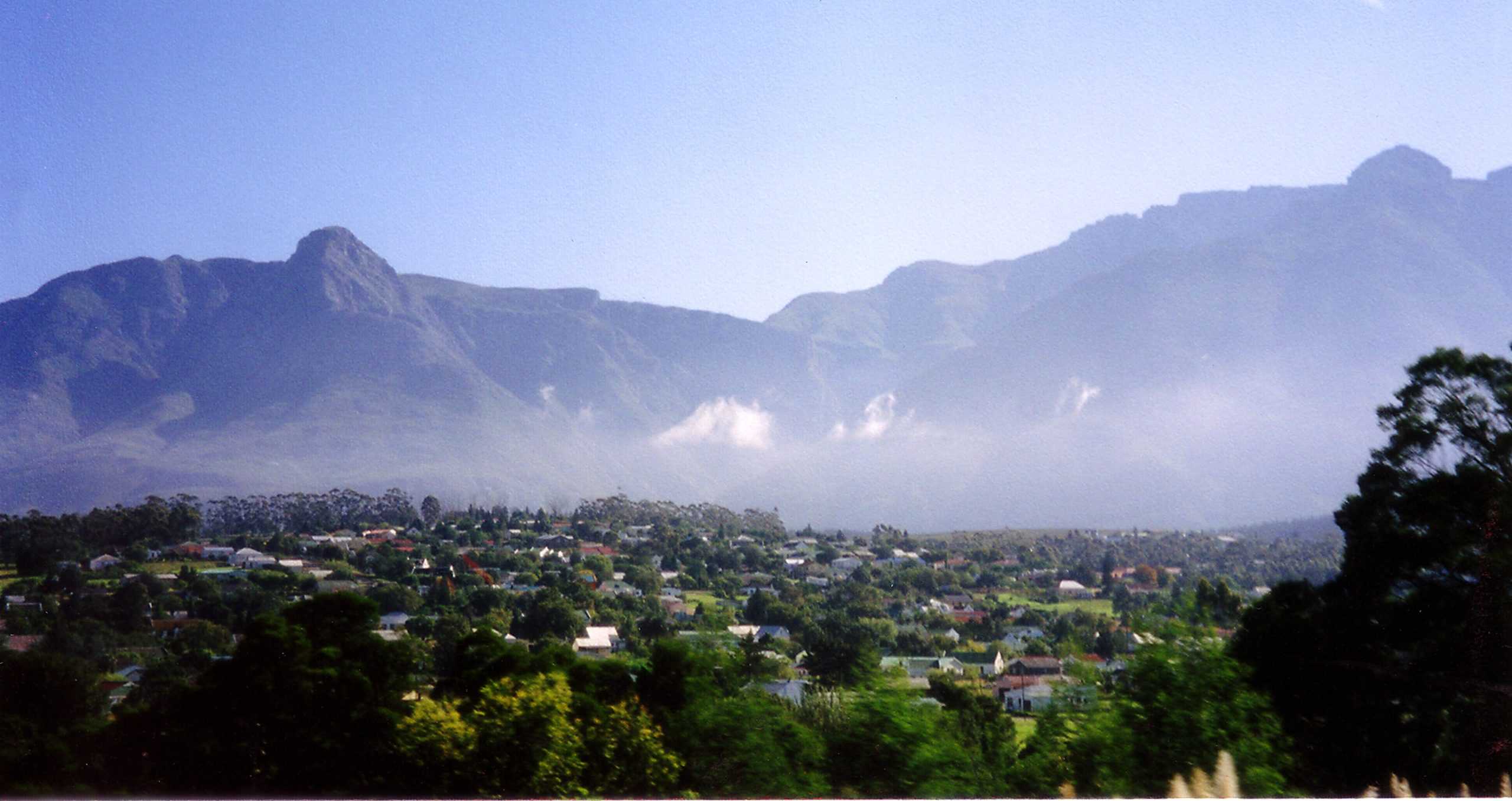
Swellendam
This town in the Langeberge of the Western Cape was named in 1745 by combining two names: the names of the then Governor, Hendrik Swellengrebel, and his wife, Helena ten Damme.
Zeerust
The name is a shortening of the original name Coetzee-Rust, derived from the name Diederik Coetzee. Coetzee owned the original farm on which the town Zeerust was founded.
Bethal
Two sisters, Elizabeth du Plooy and Alida Naudé, married the two farmers on which the town Bethal was eventually proclaimed. The town’s name was derived from the names of these two women (Beth en Al).
Treur and Blyde River
These two rivers flow into the world’s third-largest canyon, the Blyde River Canyon, and at the point where the two rivers meet, you’ll find the Bourke’s Luck potholes. The origins of the names of these two rivers are very interesting. According to legend, the Voortrekker leader Hendrik Potgieter and his party trekked in the area in 1844. As part of an exploring trip through which he and his comrades hoped to make contact with the Portuguese in Lourenço Marques, he had the trek party camp at an unknown river. When the men did not return on the expected date from their trip, the trekkers expected the worst: that Potgieter and his men had not survived the trip. They appropriately named the river at which they camped the Treur River (Mourning River in English). However, a few days later, Potgieter and his men caught up with the trekkers unharmed, and it was then decided to name the river along which they trekked the Blyde River (Happy River in English).
What do you call it?
Toponyms can also be adapted colloquially. Often, people are in the dark as to which town of area someone refers to. These are a few of the most well-known examples of colloquial names for certain places:
- Berg with reference to the Drakensberg. For example, you can also refer to the Central Berg.
- Bloem with reference to Bloemfontein.
- Harties with reference to Hartbeespoort.
- J-Bay with reference to Jeffreys Bay.
- Jacaranda City or P-Town with reference to Pretoria.
- Bos or Eikestad with reference to Stellenbosch.
- Potties with reference to the erstwhile Potgietersrus (the name was changed to Mokopane)
- Toti, The Deep South or even Amanzimtexas to refer to Amanzimtoti.
The road to Astray Avenue …
Whether or not you want to accept it, the fact is that several toponyms in South Africa were changed (and even more will most probably change in future). These changes enrage many South Africans, and in many instances the changes lead to confusion about which new name refers to which town. These are a few well-known and lesser known examples of names that have already changed:
- Duiwelskloof in Mpumalanga was changed to Modjadjiskloof.
- Ellisras in Limpopo was changed to Lephalale.
- Louis Trichardt in Limpopo was changed to Makhado, but then changed back to Louis Trichardt.
- Messina in Limpopo is now Musina.
- Nylstroom in Limpopo was changed to Modimolle.
- The Treur River in Mpumalanga was changed to the Sefogane River.
- Port Elizabeth in the Eastern Cape was changed Gqeberha.
Kraal publishers is a small but specialised publishing house that focuses primarily on the publishing of quality books about South African history as well as publications that can change or set historical facts straight and take a strong stance on, among others, political and social issues in South Africa. Kraal mainly publishes non-fiction. Visit Kraal’s website here



